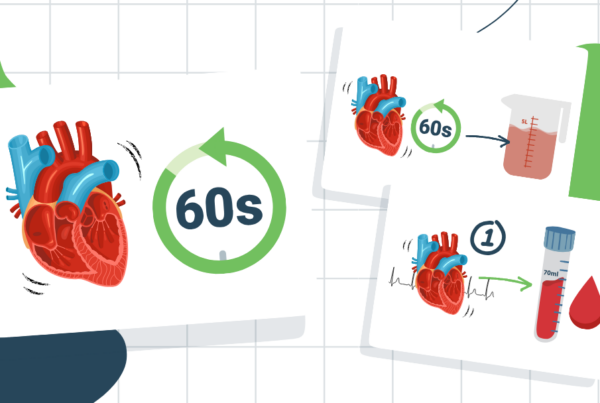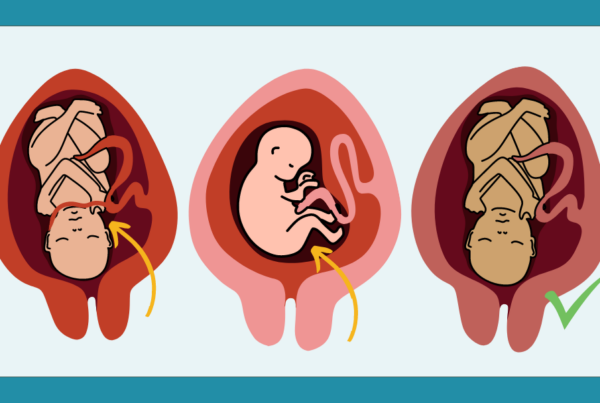By Dan Limmer

EMS consistently over relies on mechanism of injury (MOI) at trauma scenes for patient triage, transport decisions, and helicopter requests. Is this emblematic of bigger picture issues in EMS, namely failure in both education and practice to integrate science and critical thought into daily EMS decisions?
That’s a big question. It came up after a respectful back and forth email exchange about mechanism of injury seen in one of our NREMT-style test questions. I’ll leave the test question elements of this for another day.
Is MOI Still Reliable?
Let’s look at mechanism of injury. Under the EMT-B curriculum, MOI was the differentiating point between a rapid trauma exam and a focused trauma exam. (Those terms still leave me wondering how we survived that part of our EMS history.) We came from a time when seatbelts were optional and safety features in cars were, well, seatbelts.
Things have changed dramatically. Seatbelts are mandatory and frequently worn, vehicle safety systems are common, and vehicle construction has improved. These are several of the reasons why mechanism of injury has become less reliable for predicting injury.

Physicians, who are generally more science-based than EMS, know this. Joe Mistovich tells of an experience at an emergency department where he brought photos of a crash to show the physician mechanism of injury. The physician seemed disinterested. Joe referred to the images again. The doc said that the pics were nice, but everything he needed to know he could find out by looking at the patient.
And so could we.
Deemphasized MOI
Trauma triage guidelines have deemphasized MOI for some time. By deemphasized, I don’t mean discarded. I mean deemphasized. You should never write off a patient who looks OK after a major mechanism. But you also don’t rush them to a level 1 trauma center based on mechanism alone.
And I’m not talking about second guessing the up-to-the-eyeballs-in-blood-and-guts EMT, AEMT, or medic who makes a call in the dark, in the middle of nowhere, to transport to a trauma center. No one expects perfection.
This deemphasis on MOI is supported in the 2011 CDC Trauma Triage Guidelines and the newer American College of Surgeons’ (ACS) triage guidelines that replaced them. A significant MOI isn’t a ticket to a helicopter or a Level 1 trauma center anymore.
We should also embrace the fact that some MOI may be more reliable than others. Recent papers (Lupton, 2022) in support of the new ACS guidelines say that death in the same vehicle, ejection, extrication, high speeds, and not using seatbelts have more value than things like intrusion into the passenger compartment and age.
So what is the downside of our perpetual misunderstanding of MOI? It could be argued that by taking any patient—with even the faintest chance of trauma—to a trauma center couldn’t hurt. Or could it?

Do we waste resources, increase transport time while decreasing unit availability, and cost patients more? Yes. Can we do better? Yes.
Consider this: Vercruysse (2015) said that 1/3 of patients transported by helicopter were minimally injured. Bledsoe (2006) sounded an early alarm in this regard. This is especially significant when the average helicopter transport in 2020 cost $30,446 and the average allowed insurance amount was just $18,668 (Source). Air medical evacuation of non-insured persons is considered a significant financial risk (Source).
Perhaps more than the organizational or financial cost, our reliance on MOI represents our continued desire to pay attention to things that flash, crash, and excite us rather than on science, need, and outcome.
Embracing science – from the concept of MOI to oxygen administration to fluid resuscitation – is a barometer of our growth, maturity, and progress as a profession. We must do better.
References
1. Bledsoe BE, Wesley AK, Eckstein M, Dunn TM, O’Keefe MF. Helicopter scene transport of trauma patients with nonlife-threatening injuries: a meta-analysis. J Trauma. 2006 Jun;60(6):1257-65
2. Lupton, JR, Davis-O’Reilly, C, Jungbauer, RM, et al. Mechanism of injury and special considerations as predictive of serious injury: A systematic review. Acad Emerg Med. 2022; 29: 1106-1117.
3. Vercruysse GA, Friese RS, Khalil M, Ibrahim-Zada I, Zangbar B, Hashmi A, Tang A, O’Keeffe T, Kulvatunyou N, Green DJ, Gries L, Joseph B, Rhee PM. Overuse of helicopter transport in the minimally injured: A health care system problem that should be corrected. J Trauma Acute Care Surg. 2015 Mar;78(3):510-5.



I agree with your insight to the science of reevaluating the need to transport based patient via helicopter and Level 1 trauma centers based solely on the MOI, but for the new EMT coming right out of class, that is all they have to fall back on, as that is what was drilled into them through the textbook, lectures and practical applications, as evidenced by the current 14th edition textbook.
Trauma triage is not mentioned until chapter 34 – multi-system, and even then, it focuses on the mechanism of injury as a guideline. Maybe introducing the CDC and ACS triage guidelines in the secondary assessment lectures might deemphasize the MOI.
Thank-you for allowing some opinion on this subject.